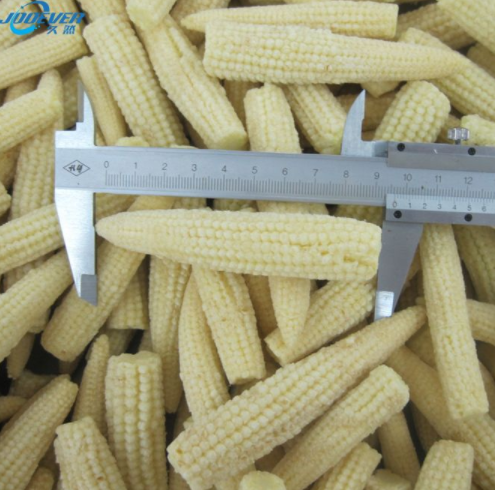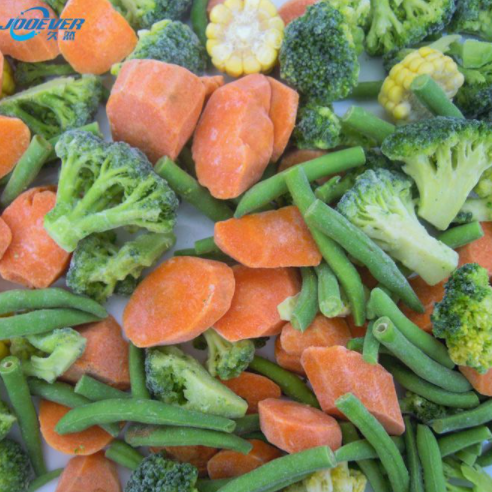Your reliable partner for frozen foods
Fruits and vegetables are excellent source of important minerals and vitamins; hence they are important in our diet.
However, preserving them at home can be a bit challenging. A major way they can be preserved at home is by Freezing.
Freezing is an efficient, suitable and quick method of preserving fruits and vegetables at home.
It employs the concept of science that involves lowering the temperature of the fruits and vegetables to inhibit the growth of microorganisms that causes spoilage.
Vegetables and fruits can be produced to be of high nutritional value and maximum quality provided the freezing is correctly done.
Our recommendations on freezing are based on the chemical and physical reactions that occur during the freezing process, food microbiology and effects of freezing on fruits and vegetable tissues.
Are you interested in adequately incorporating fruits and vegetables in your regular diet? Are you interested in starting a business of frozen veggies?
Getting a frozen vegetables equipment is a right point of call. Ensure you purchase one from a reputable frozen vegetables manufacturer.
With that being said, let’s discuss the science behind frozen vegetables!

Fresh fruits and vegetables continue to undergo chemical changes after being harvested, which can result in rotting and spoilage of the product.
This is why these fruits and vegetables should be frozen as soon as possible after harvesting and at their freshness peak.
Enzymes are chemical molecules found in fresh produce that cause color loss, nutrient loss, flavor alterations, and color changes in frozen fruits and vegetables.
To prevent such reactions from taking place, these enzymes must be deactivated.
To deactivate these enzymes, the process of blanching is employed. Blanching is the process of exposing vegetables to boiling water or steam for a short amount of time, followed by fast cooling in ice water to prevent cooking.
Blanching is almost always required to produce high-quality frozen veggies. Blanching vegetables also aids in the destruction of bacteria on the surface of plants and helps to compact some vegetables, such as broccoli and spinach.
Browning and vitamin C loss are the two main issues related with enzymes in fruits.
Fruits are not blanched like vegetables because they are normally served raw.
Chemical additives that interfere with deteriorative chemical reactions are used to are used to regulate enzymes in frozen fruit.
Ascorbic acid (vitamin C) is the most commonly used inhibitor. Ascorbic acid can be utilized either in its purest form or in commercial sugar combinations.
Treatment with ascorbic acid prevents browning more effectively than soaking the fruit in dilute vinegar solutions or covering the fruit with sugar and lemon juice.
Frozen vegetables and fruits, when exposed to air, can cause rotting and spoilage. Hence, you should ensure to keep frozen veggies in sealed containers or wrap them in material that doesn't allow air to pass through.
To reduce the quantity of air in contact with the goods, remove as much air as possible from the freezer bag or container.
Most fruits and vegetables contain more than 90% water by weight. Water and other substances are trapped within the relatively hard cell walls that give the fruit or vegetable its structure and texture.
When you freeze fruits and vegetables, the water in the plant cells is frozen as well. When water freezes, it expands, causing the cell walls to break due to ice crystals.
As a result, thawed product has a considerably softer feel than raw product. This is especially true with food that is typically consumed raw. When a frozen tomato is thawed, for example, it becomes mushy and watery.
However, because of this, celery and lettuce are rarely frozen, and we recommend serving frozen fruits before they have fully thawed.
When the effect of freezing on the fruit tissue is less evident, partially thawed fruit is more palatable.
Cooking also weakens cell walls, texture changes caused by freezing are less noticeable in goods that are cooked before consumption. In high-starch crops like peas, corn, and lima beans, these alterations are likewise less noticeable.

Buying a natural frozen vegetables from a renowned frozen vegetable manufacturer will not only help preserve your goods, but also enhance your business productivity.
For more information on our range of frozen fruits and other services, kindly click here to check our products and place an order.